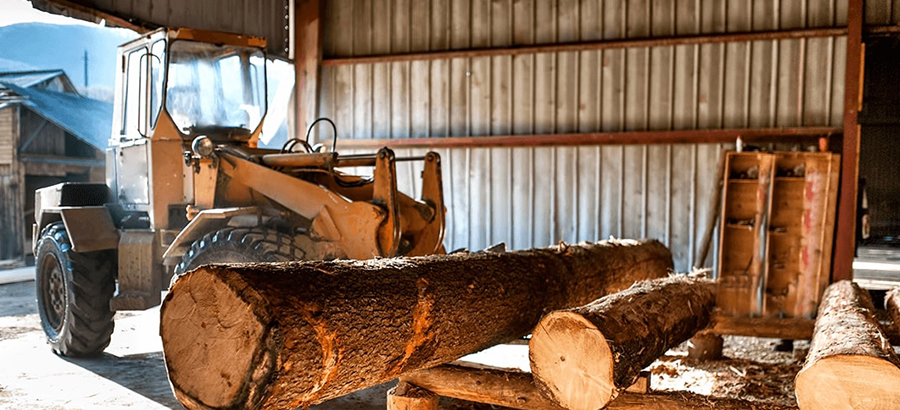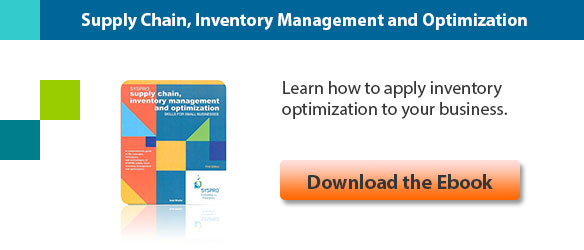Recently I was watching one of those “how things are made” TV shows which featured a saw mill. I was amazed at the vast range of waste factors eating away at the profits of the hardworking lumber millers. From the felling of the tree to the final delivery of sawn timber products to their customers, their raw material is whittled down to a fraction of the original volume.
First the log is stripped of its bark before it passes through several lines of frame saws, circular saws and cross-cut saws, each leaving behind a trail of sawdust and cut-offs that is fed into waste bins. The standardized lengths and widths of sawn timber that the market demands places further strain on the resources. It finally goes through the drying kilns where several boards end up splitting or cracking to further increase the mountain of waste.
Getting rid of the waste is a nightmare. Not only does it pose a significant safety and fire risk in its flammability, but much of the waste cannot be recycled due to high levels of resin and the huge cost associated with the recycling process in rural areas.
The philosophy and principles of Lean Manufacturing seem well suited to address this dilemma – not only for lumber millers, but for all manufacturers who face inordinate amounts of waste generated by their production processes. It aims to maximize customer value while minimizing waste, creating higher value from fewer and lower-cost resources.
Essentially lean manufacturing comprises four steps:
- Realizing that there is waste in the system and that it has to be removed.
- Identifying the various forms of waste and their causes. Lean manufacturing focuses on root causes to avoid treating symptoms only. The objective is to eliminate the problem areas permanently.
- Finding solutions that will address the root causes within the context of the total picture. By looking at potential causes too superficially, “solutions” may be implemented that impact negatively on the remainder of the manufacturing system. If the drying time for timber in the kilns, for example, were extended, it may well deliver less split and cracked sawn boards, but the lengthening of the production cycle may cause the process to become a loss-making one.
- Implementing the chosen solution, adjusting it to optimally suit the full manufacturing process.
Due to the complexity and diversity of modern supply chains, increasingly more sophisticated processes are required to ensure full optimization. By eliminating waste, processes are created that require less time, space, capital and resources, while reducing the levels of supervision and human error. This leads to reduced manufacturing costs and faster throughput times, thereby optimizing the full manufacturing process.
ERP solutions, such as SYSPRO’s, contain modules that provide a comprehensive set of tools to help manufacturers plan, record, track and control the full supply chain for the procurements of resources and material to warehousing, planning, manufacturing and sales. Tools such as inspection, serial tracking and lot tracing functionality identify and track the sources of defects, thereby serving the principles of LEAN manufacturing. These critical functions allow for the implementation of quality initiatives that support the principle of ‘Quality at the Source’.
Not only does LEAN Manufacturing have significant benefits to the manufacturer and impact the value to the customer in the long run, but there are also key elements, such as waste reduction that have become a prime focal area in the drive towards sustainability and a greener future for our planet.







